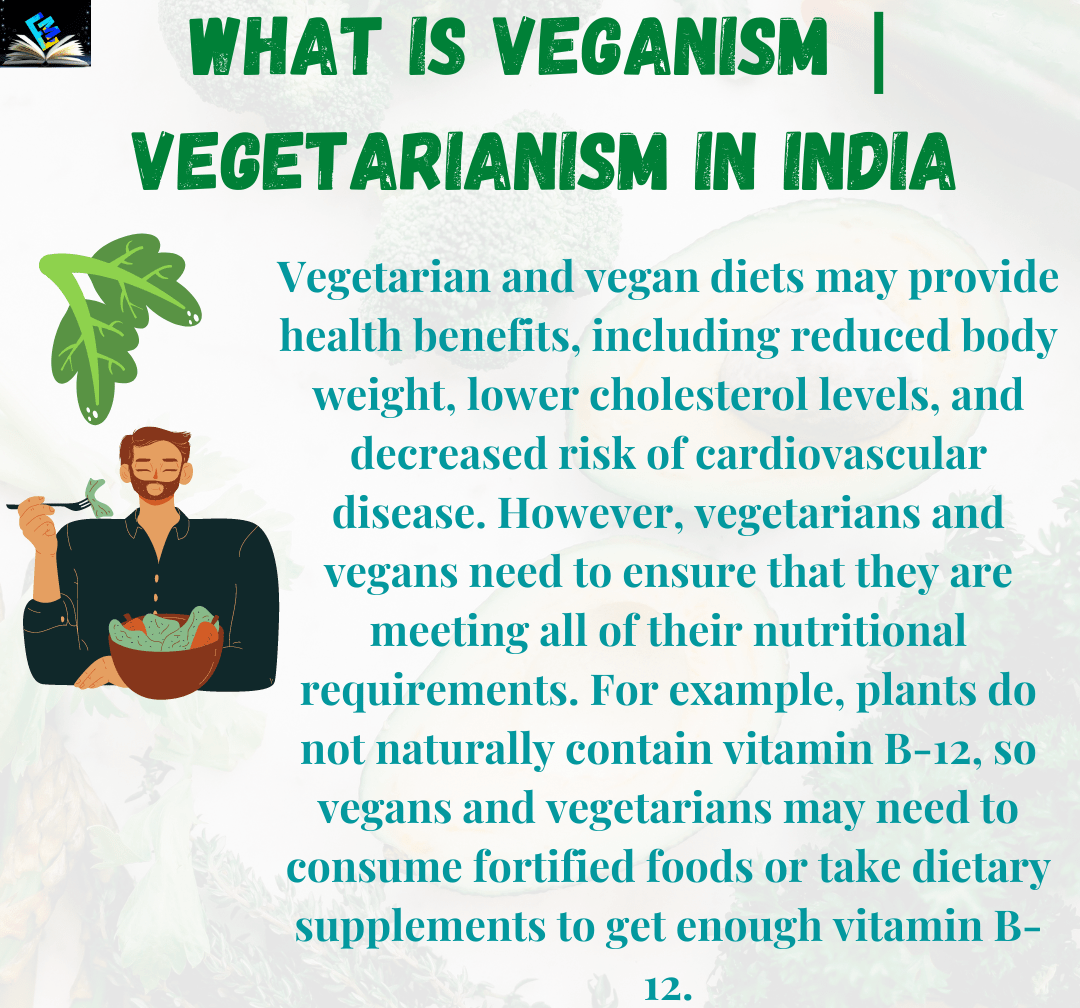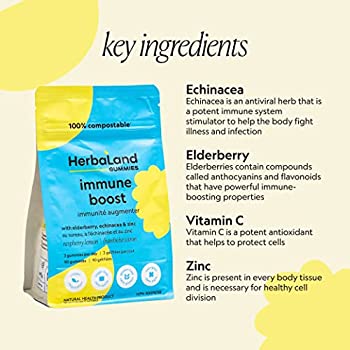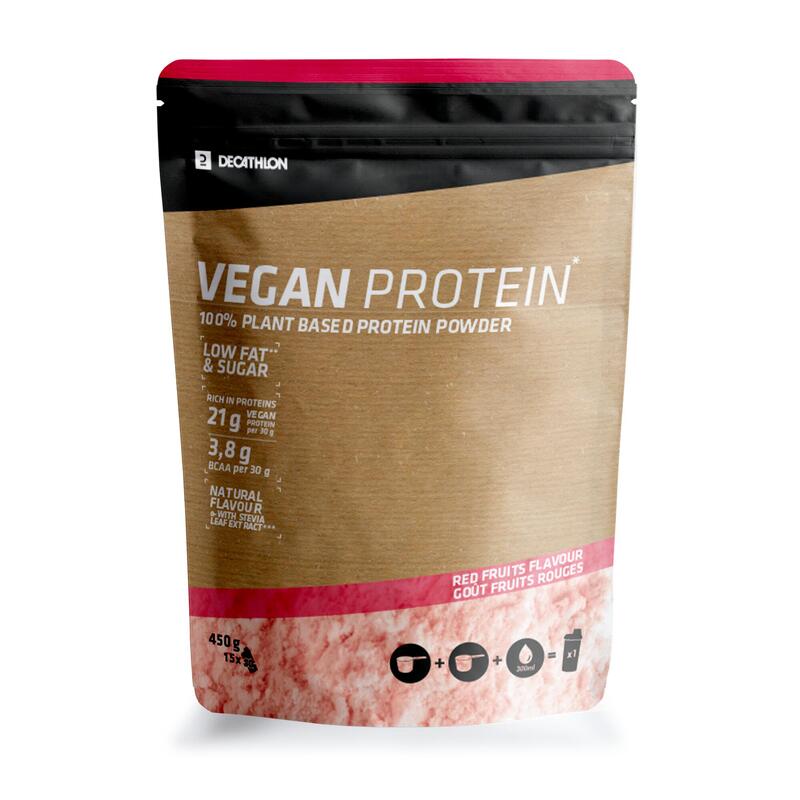
Healthy Indian eating habits are a great way of managing diabetes. This type of diet is rich with protein, vegetables, whole grains, and can help keep your blood sugar in check. You can maintain a healthy weight by eating a well-balanced diet. This will allow you to control blood sugar levels and blood lipids. This can help to lower your chances of developing type II diabetes, the most common type.
Indian food contains healthy fats. Whether it's fish, poultry, or lean meat, you can use this fat to help your body stay healthy. The American Heart Association recommends that anyone with cardiovascular disease consume at minimum 1 gram per day of omega-3 fatty acid. These fats may lower triglyceride levels.
Fiber-rich foods are good for diabetics. They have a low glucose index which means that they won’t spike your blood sugar. You should eat at least two cups of vegetables each day. It's important that you eat a wide variety of fruits. Glycation-related problems can be countered with antioxidants found in fruits.

The American Heart Association also recommends that people with cardiovascular disease consume at least three 150g servings of oily fish per week. Oily fish includes trout, mackerel, sardines, and Atlantic salmon. These fish contain high levels of omega-3 Fatty Acids, which may help to lower your chances of developing cardiovascular disease.
Saturated fats should be avoided in order to avoid eating unhealthy foods. Saturated fats can raise cholesterol levels and increase your chance of developing diabetes. You should avoid meat that has been processed like beef. Reduce butter and other fats. You can substitute butter with vegetable oils.
Also, choose foods with low calories. You should eat smaller portions at each meal to help control your blood sugar levels. In order to control your blood sugar levels, eat a variety and healthy amount of vegetables, fruits and whole grains. These are essential to a balanced diet.
Drinking plenty of water is important. Water is good for detoxing the body and helps eliminate waste. You can start your day by drinking water with fenugreek. At breakfast, you should have a fruit smoothie. You should add fruits and leafy vegetables to your smoothie.

Indian food is full of whole grains, proteins, and healthy fats. These foods are good for diabetics as they help to heal diabetes. These grains don't cause a rise in blood sugar. These grains are easy to digest and can be found in many different varieties.
Sweet potatoes are a good choice. These grains are also antiinflammatory and great for those with diabetes. It is a good idea to eat a wide range of fruits, including berries and apples. Also, try to get at least 1 cup of green veggies each day.
FAQ
What are 10 healthy lifestyle habits?
-
Have breakfast every day.
-
Don't skip meals.
-
Eat a balanced, healthy diet.
-
Get lots of water.
-
Take care of yourself.
-
Get enough sleep.
-
Stay away from junk food.
-
Get at least one form of exercise each day.
-
Have fun
-
Find new friends
What does it take to make an antibiotic work?
Antibiotics can be used to kill bacteria. Antibiotics are used to treat bacterial infections. There are many types and brands of antibiotics. Some can either be administered orally, while others may be injected. Other antibiotics can also be applied topically.
Many people who have been exposed can be prescribed antibiotics. If someone has chicken pox, they might need to take an oral antibiotic in order to prevent shingles. A penicillin injection might be given to prevent pneumonia in someone who has had strep.
Children should not be given antibiotics without the consent of a doctor. Children are more likely to experience side effects than adults from antibiotics.
Diarrhea is the most common side effect from antibiotics. Other side effects that could occur include nausea, vomiting and dizziness. These side effects usually disappear once treatment has ended.
Do I need to count calories
Perhaps you are wondering what the best diet is for you. or "is counting calories necessary?" The answer is dependent on many factors like your current state of health, your personal goals, how you prefer to eat, and your overall lifestyle.
Which one is right for you?
The best diet for me depends on my current health status, my personal goals, my preferences, and my overall lifestyle. There are many different diets, some good, some not. Some diets work for some people, while others are not. So what should I do? How can I make the right choice?
These are the questions that this article attempts to answer. It begins by briefly describing the different diets available today. Next, we'll discuss the pros and cons for each type of diet. Finally, we'll look into how to choose the best one for you.
Let's start by taking a look at the various types of diets.
Diet Types
There are three types of diets available: ketogenic, high-protein, and low-fat. Let's briefly discuss them below.
Low Fat Diets
A low fat diet reduces the amount of fats you eat. This is done through reducing the intake of saturated fats (butter, cream cheese, etc.) They are replaced by unsaturated fats such as avocados, olive oil, and cream cheese. If you want to lose weight fast and easily, then a low-fat diet is often recommended. However, this kind of diet may cause problems such as constipation, heartburn, and indigestion. A person may also experience vitamin deficiencies if they don't get enough vitamins.
High Protein Diets
High protein diets are known to restrict carbohydrate intake and promote the consumption of protein. These diets have higher protein levels than other diets. These diets are meant to help increase muscle mass and decrease calories. Unfortunately, they can't provide adequate nutrition for those who eat regularly. They are not suitable for all people because they can be restrictive.
Ketogenic Diets
Ketogenic diets are also known as keto diets. They are high in fat and moderate in protein and carbs. They are commonly used by athletes and bodybuilders as they allow them to train harder, longer and without feeling fatigued. However, they must be used with caution to avoid nausea, headaches and fatigue.
What can I do to lower my blood pressure?
First, you must determine what is causing high blood pressure. You must then take steps towards reducing the problem. This could mean eating less salt, losing some weight, taking medication, and so on.
Also, make sure to get enough exercise. Walking is a great alternative if you don't have the time or energy to exercise regularly.
If you are unhappy about how much exercise you do, you might consider joining a fitness club. A gym that has other members who share your goals will be a good place to start. You will find it easier to keep to a workout schedule if you have someone to watch you at the gym.
What is the difference in a calorie from a Kilocalorie?
Calories can be used to measure how much energy is in food. Calories are a unit of measurement. One calorie contains the energy needed to raise the temperature of one gram of water by one degree Celsius.
Kilocalories is another name for calories. Kilocalories are measured as a thousandth of a calorie. 1000 calories equals 1 kilocalorie.
How much should I weigh for my height and age? BMI calculator & chart
The best way to determine how much weight you need to lose is to use a body mass index (BMI) calculator. A healthy BMI range should be between 18.5- 24.9. Aim to lose 10 pounds per month if your goal is to lose weight. Simply enter your weight and height into the BMI calculator.
This BMI chart can help you find out if or not you are obese.
Statistics
- WHO recommends consuming less than 5% of total energy intake for additional health benefits. (who.int)
- The Dietary Guidelines for Americans recommend keeping added sugar intake below 10% of your daily calorie intake, while the World Health Organization recommends slashing added sugars to 5% or less of your daily calories for optimal health (59Trusted (healthline.com)
- According to the 2020 Dietary Guidelines for Americans, a balanced diet high in fruits and vegetables, lean protein, low-fat dairy and whole grains is needed for optimal energy. (mayoclinichealthsystem.org)
- In both adults and children, the intake of free sugars should be reduced to less than 10% of total energy intake. (who.int)
External Links
How To
What does the "vitamin") mean?
Vitamins are organic compounds that can be found in foods. Vitamins help us absorb nutrients from foods we eat. The body cannot make vitamins; therefore, they must be obtained from food.
Two types of vitamins exist: water soluble and oil soluble. Water-soluble vitamins dissolve quickly in water. You can find vitamin C,B1 or thiamine, B2 or riboflavin and B3 or niacin. B6 is pyridoxine. Folic acid, biotin and pantothenic are some examples. The liver and fat soluble vitamins are stored in fatty tissue. Vitamin D, E, K and A are some examples.
Vitamins are classified according to their biological activity. There are eight major types of vitamins.
-
A – Essential for normal growth, and the maintenance of good health.
-
C - essential for proper nerve function, and energy production.
-
D - Essential for healthy teeth and bones.
-
E is required for good vision and reproduction.
-
K - essential for healthy nerves, muscles, and joints.
-
P - essential for strong bones, teeth and tendons
-
Q - aids digestion, absorption and absorption iron
-
R is required for the production of red blood cells.
The recommended daily allowance of vitamins (RDA), varies depending upon age, gender, physical condition, and other factors. The U.S. Food and Drug Administration, (FDA), sets the RDA value.
For example, the RDA for vitamin A is 400 micrograms per dayfor adults 19 years or older. Pregnant mothers need 600 micrograms a day to ensure fetal growth. Children ages 1-8 require 900 micrograms per day. Infants under one year of age require 700 micrograms per day, but this amount decreases to 500 micrograms per day between 9 months and 12 months of age.
Children ages 1-18years who are obese need 800 micrograms per day while those who are overweight need 1000 micrograms per day and children who are underweight need 1200 micrograms per day to meet their nutritional needs.
Children aged 4-8 years old who have been diagnosed as having anemia require 2200 micrograms of vitamin C per day.
2000 micrograms daily is required for adults over 50 to maintain their general health. Breastfeeding or pregnant women require 3000 micrograms per daily due to higher nutrient demands.
Adults over 70 years of age need 1500 micrograms per day since they lose about 10% of their muscle mass each decade.
Women who have been pregnant or are lactating require more than the RDA. Pregnant and breastfeeding women require 4000 micrograms each day during pregnancy and 2500 Micrograms each day after birth. Breastfeeding mothers need 5000 micrograms per day when breast milk is being produced.